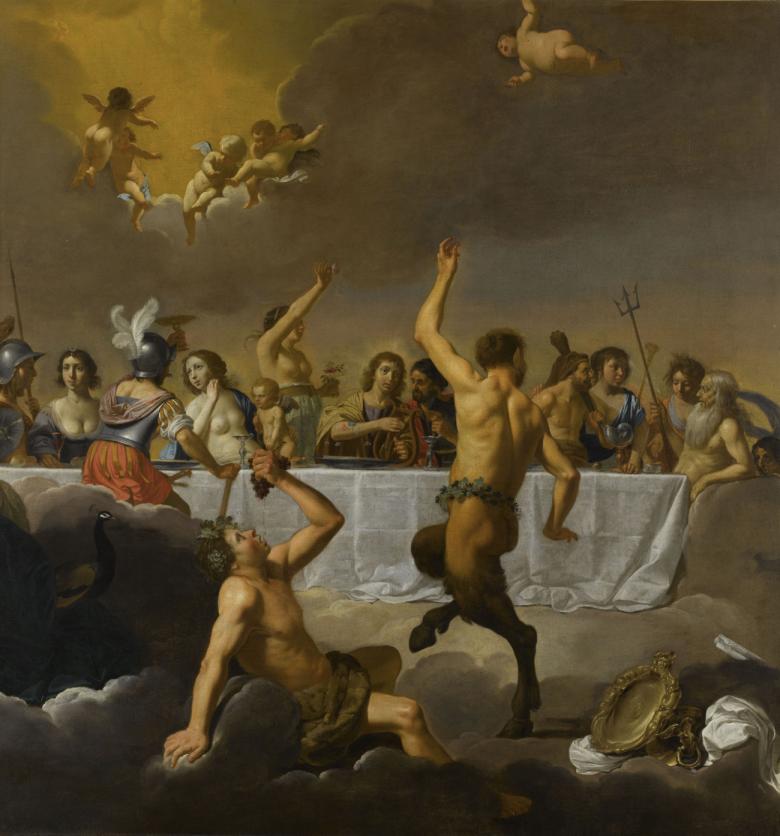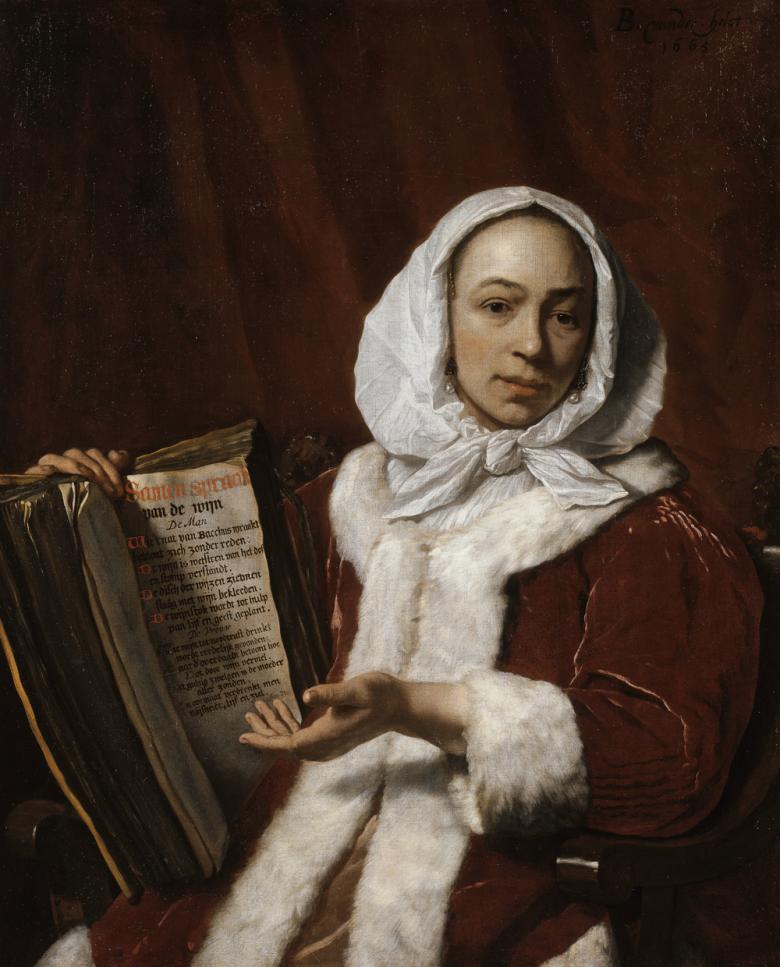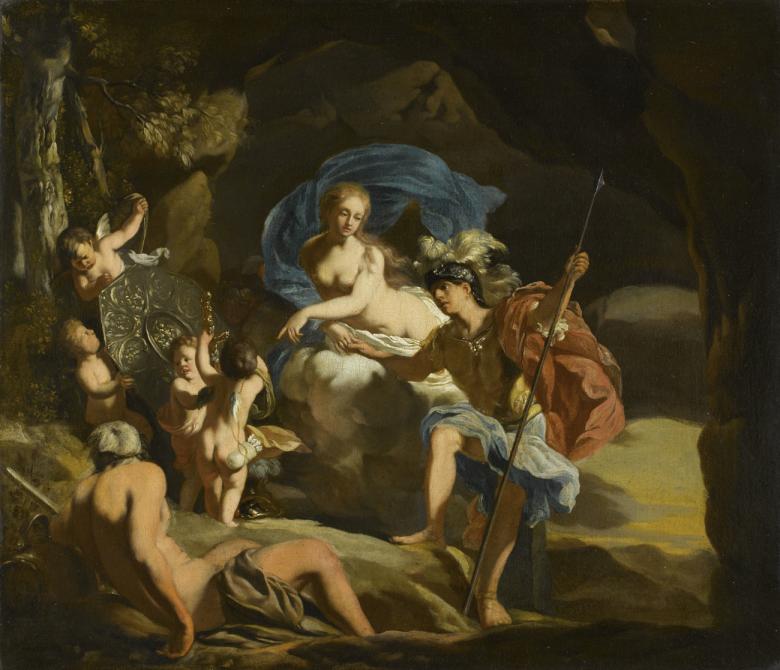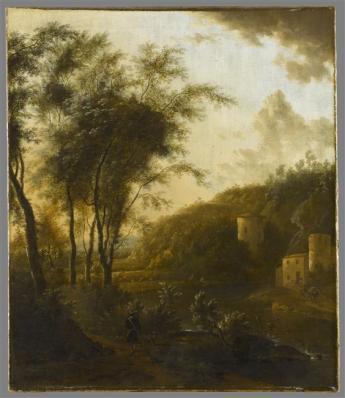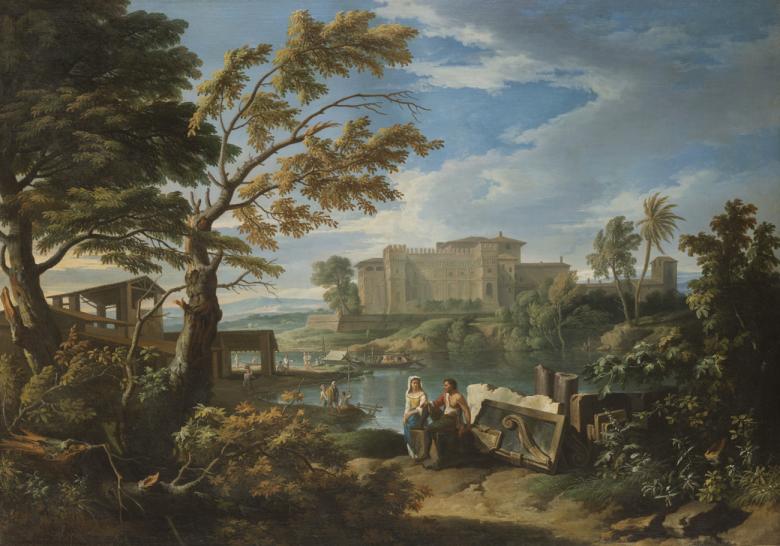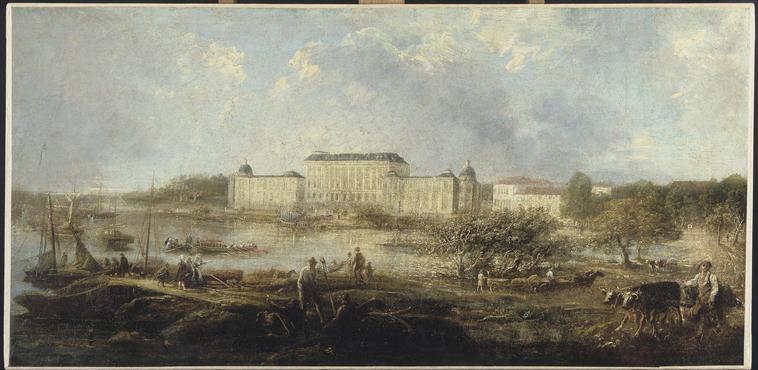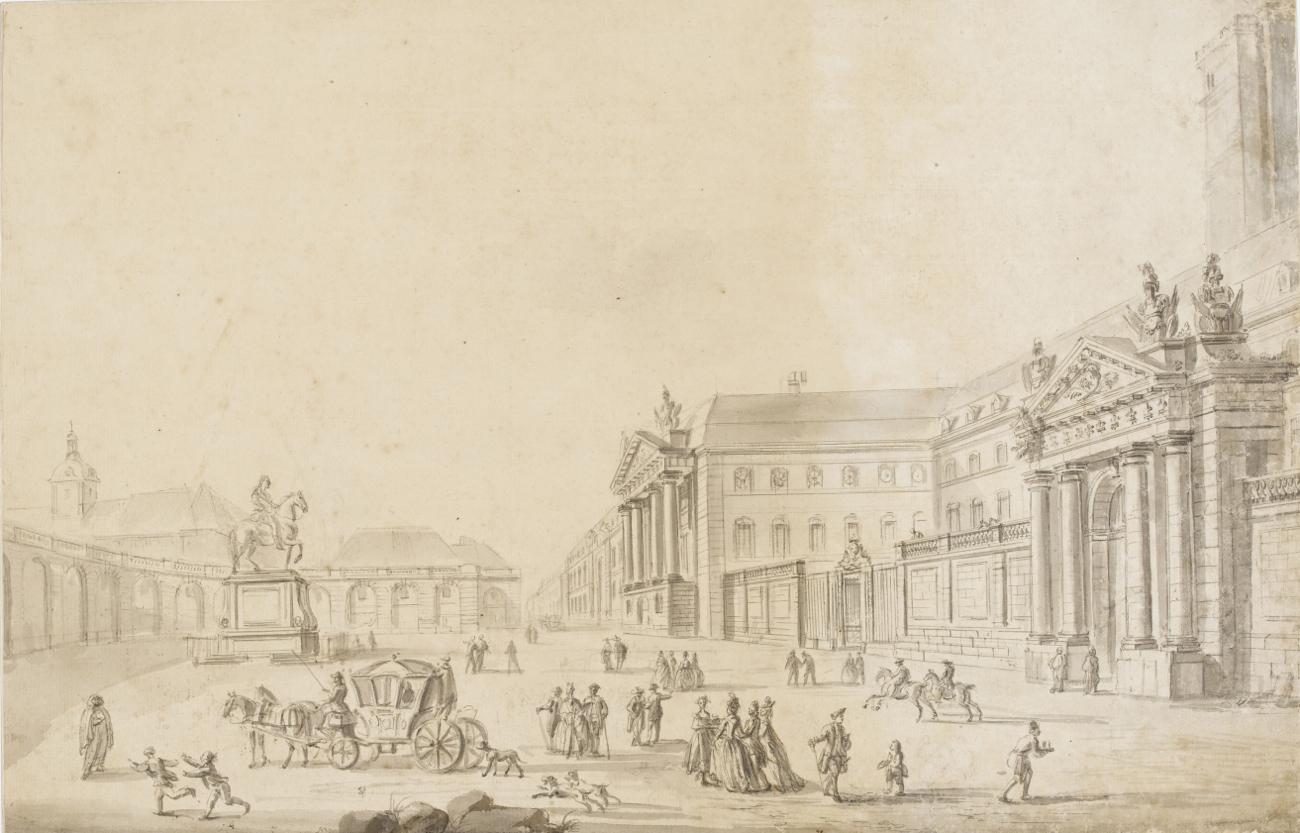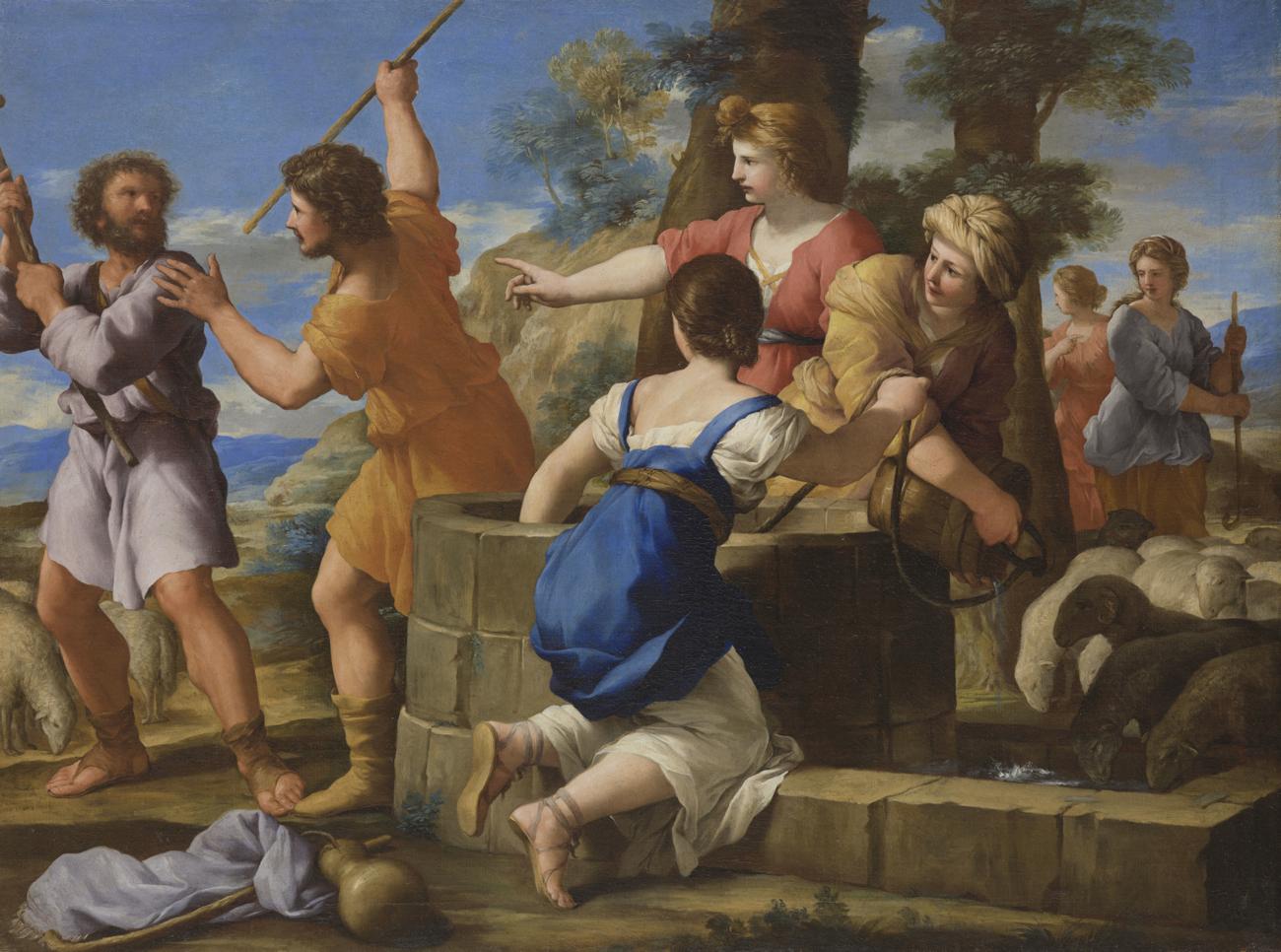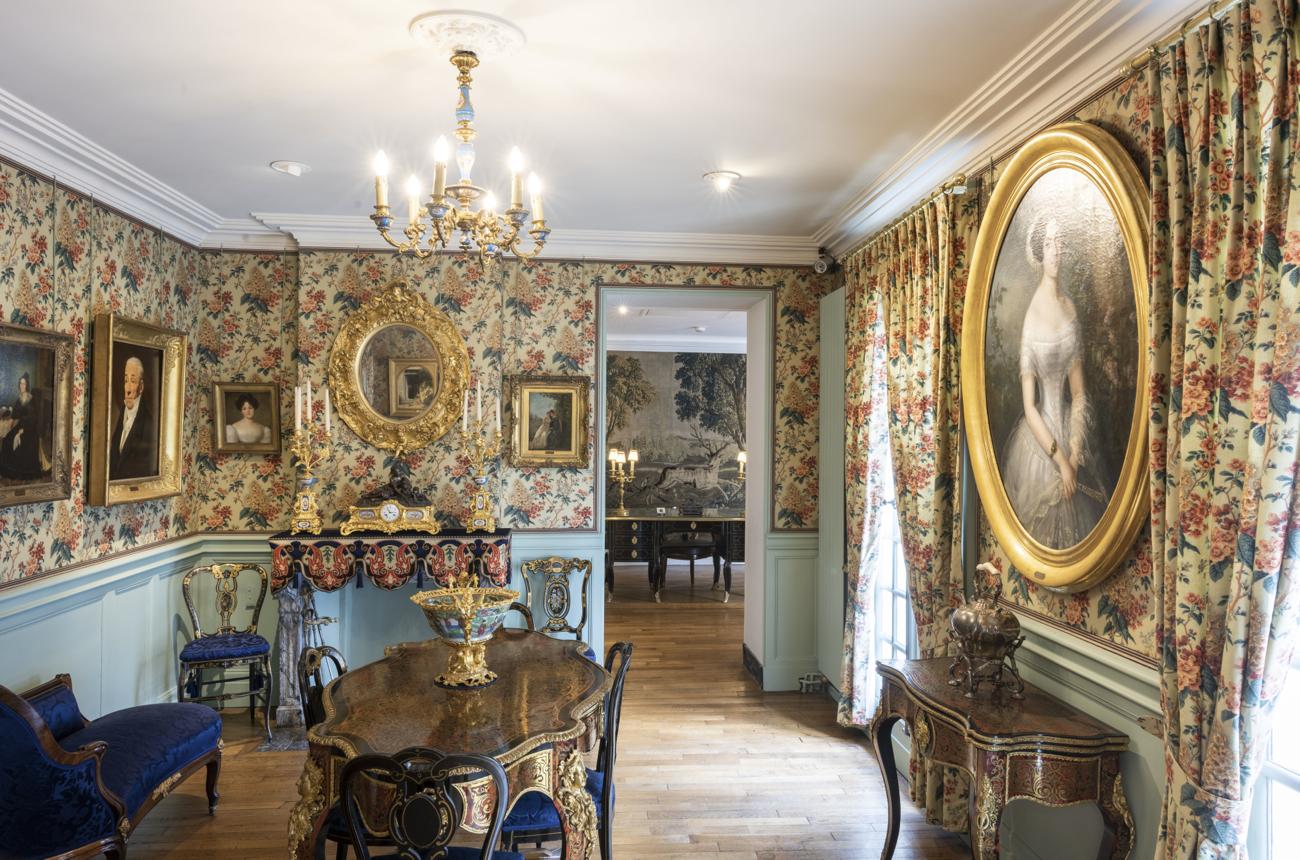
Northern European School
The Magnins’ first acquisition in 1881 was a painting they attributed to the Swedish painter, Kraft. This purchase marked the originality of an approach that would lead the two collectors to take an interest in the art of Northern and Central Europe.
The View of the Drottningholm Palace was painted by Elias Martin, the greatest Swedish landscape painter of the late 18th century, during a visit to Britain. The collection includes around 30 English works, among which we should note Füssli’s ghostly Orpheus and Eurydice and, in a completely different vein, A Lecherous Monk, a rather crude painting by Hayman, in the caustic style of the Hogarthian era. There are several 18th century German works, notably a pastoral scene by Zick and a “landscape” portrait by Guttenbrunn, an artist close to Angelica Kauffmann.
The Flemish works date from the 16th century, with works by Pieter Brueghel the Younger and small paintings by Floris, Savery and Wtewael.
17th century Flanders is represented by The Death of Achilles, part of a famous set of tapestries designed by Rubens. Jordaens is revealed in a very expressive study of a head. The Flemish painter Van de Venne is easily recognized, close in style to David Teniers the Elder, who inspired his interest in rustic figures. Adriaenssen’s Still Life falls within the Flemish movement from the beginning of the century with its frieze-like composition. The Rolling Landscape by Jacques d’Arthois, one of the Sonian Forest painters from Brussels, reveals the influence of Rubens’ landscapes.
The collection reflects several artistic trends from the Golden Age of Dutch painting. Here we find Lastman, Rembrandt’s master, and Jacob de Wet, who was probably a pupil of Rembrandt. From the painters of Utrecht, steeped in Caravaggism, the Magnins chose Van Bijlert, whose Feast of the Gods disturbingly blends the iconography of myths with that of the Last Supper.
The Dutch artists’ fascination for the light of Italy is expressed in Italian Town by the Sea, a luminous painting by Jan Baptist Weenix. Moucheron’s Wooded Landscape with its silvery tints is imbued with the forms and light of the Roman countryside.
The collection also includes two mythological sketches with highly contrasting colours, a characteristic of the Liegeois movement that produced Lairesse, whose work, towards the end of the century, was so representative of classical art.
The wealthy Dutch middle classes liked to have their portraits painted. Women with a Shell by Maes is typical of his work, and the painting by the Dutch artist Van der Helst Woman holding a Book, is a magnificent, allegorical portrait.

